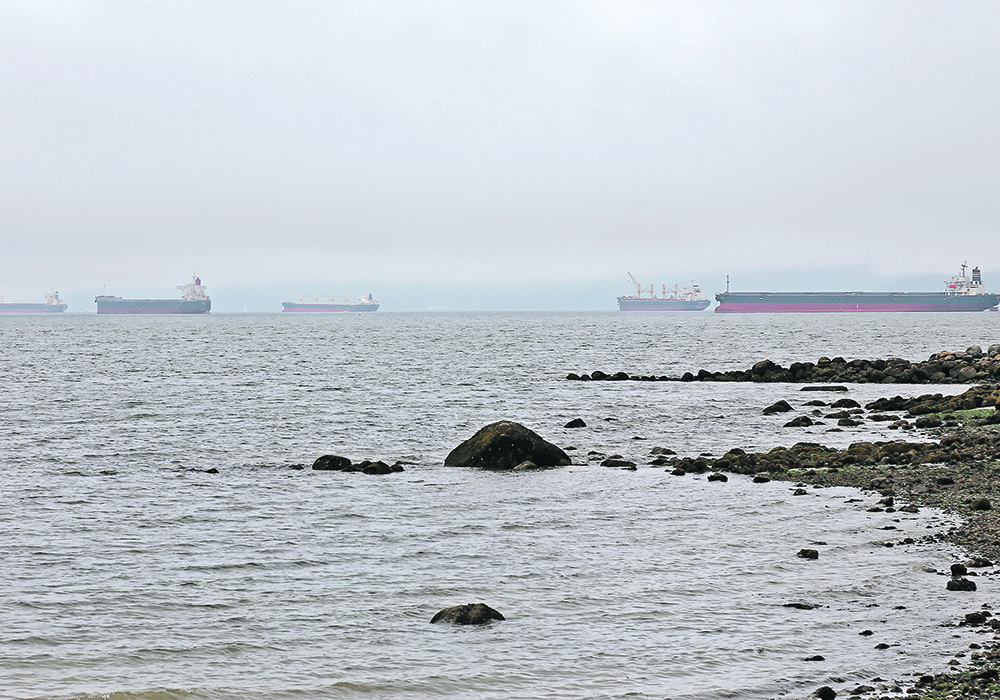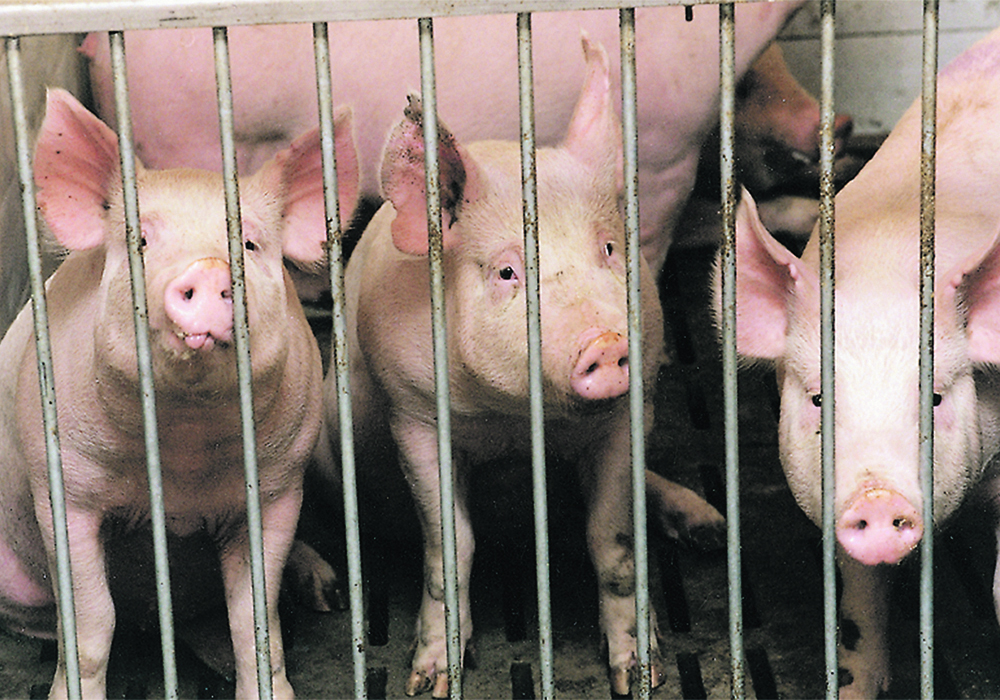Bright spots include Canada and the United States’ ability to keep their border open to food and commodity trade
It’s no surprise that trade relationships have suffered from the global pandemic, says the executive director of the Canadian Agri-Food Trade Alliance.
And they show signs of worsening.
“We must be prepared and mindful that many countries around the world have and will try to use the current crisis to introduce new protectionist measures for political posturing or to push a nationalism and protectionist agenda that will harm recovery and slow global growth,” said Claire Citeau during a recent webinar.
The World Trade Organization continues to call for rules-based and science-based trade but its efforts fail to resonate with some countries.
Read Also

India slaps 30 per cent import duty on yellow peas
India has imposed a 30 per cent duty on yellow pea imports with a bill of lading date on or after Nov. 1, 2025.
“The pandemic really has exacerbated trade tensions, instability and the undermining of trade rules. We’ve seen that south of the border, but elsewhere as well,” said Citeau.
The pandemic hasn’t been all bad, however. Canada has worked with the United States to keep the border open to food and commodity trade. The quick ratification of the new trade deal between the two countries was also positive, she said.
“I think it really, truly deserves to be recognized, just how foundational agri-food trade is for our economy and way of life, and this is in large part because governments around the world and Canada certainly leading the pack… have recognized that keeping borders open to agri-food is really vital to prevent shortages, price volatilities, supply shocks and chaos.”
Canada is dependent on agricultural trade. It exports more than half of its agricultural products. Last year, Canadian exports reached a record high of $60 billion and hopes were high for similar numbers in 2020.
COVID-19 changed that.
Since the pandemic began, Citeau said more than 93 international governments have introduced more than 200 restrictions and measures that have impacted trade. As well, many countries have refocused their efforts to become more self-sufficient in various food commodities.
As trade tensions proliferate, the trade dispute settling mechanism of the WTO continues to be hamstrung because the U.S. has not appointed its representatives. Citeau said America has indicated it can live quite happily without an appellate body.
CAFTA continues to emphasize the importance of timely notifications of trade changes and transparency regarding the reasons for those changes. Some countries have shown their ability to do this, said Citeau. Others have not.
“The future of free trade today seems less certain than a few short years ago when Canada and a number of other countries around the world were in the midst of negotiating and ratifying large bilateral and pluri-lateral free trade agreements.”
Existing trade agreements have seen some tariff barriers come down but non-tariff barriers can go up just as quickly, Citeau said. The Comprehensive and Economic Trade Agreement with the European Union is one example.
“Our exports should be much higher, and this is really because the EU is not abiding by commitments to remove technical barriers to trade.”
Citeau said agri-food exporters should prepare to face more protectionism from international customers, even as the global demand for products continues to grow.
















